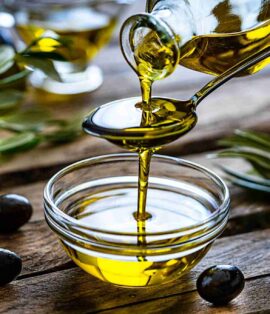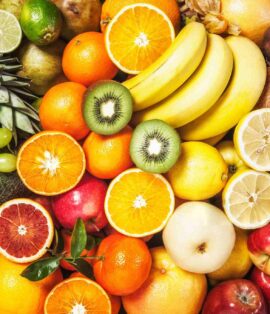In 2025, global agricultural trade is experiencing a wave of transformation. Driven by climate change, shifting consumer demand, and supply chain pressures, exporters must evolve faster than ever. For buyers and traders alike, understanding these key trends can unlock competitive advantages and resilient supply networks.
Climate Resilience & Sourcing Diversification
Weather patterns, droughts, and unexpected crop failures are pushing buyers to diversify origins. Regions that once relied on a single exporter are now seeking multiple sources to mitigate risk.
“If your supply comes from five farms instead of one, your exposure to climate shocks drops dramatically.”
Fact: According to the Food and Agriculture Organization (FAO), in 2024 more than 30% of global corn price volatility was attributed to weather-related disruptions.
Sustainable & Traceable Agriculture
Sustainability isn’t just a buzzword — buyers demand it. Certifications (organic, Fair Trade, Rainforest Alliance), carbon footprint disclosures, and transparent supply chains are becoming prerequisites.
Fact: In surveys during 2024, over 60% of importers in the EU stated that traceability (knowing the origin and farming methods) was “very important” when selecting suppliers.
“If I don’t know exactly where my spices come from or how the farms treat their land, I can’t guarantee the quality or safety for my consumers.” — Importer, Western Europe
Technological Adoption & Digitalization
Digital tools are reshaping how agricultural exports are managed. From blockchain traceability, remote sensing (satellite imagery) for crop health, to AI-based forecast tools for demand and logistics.
Fact: Investment in agri-tech startups reached over USD 20 billion worldwide in 2024, with over 25% of that focused on supply chain and logistics innovation.
Emerging Markets & Shifting Demand
As incomes rise in Asia, Africa, and parts of Latin America, demand for high-value agricultural products — fruits, oils, nuts, specialty spices — is growing. Buyers in these regions increasingly expect higher quality, better packaging, and consistent supply.
Fact: China’s import of edible oils rose by ~12% in 2024. Meanwhile, countries in the Middle East increased purchases of dairy and nuts by roughly 8–10%.
“We used to export mostly staples; now, buyers want premium-grade nuts and organic oils. That changes everything — from farming to shipping.” — REDEVCO B.V. Export Manager
Logistics Challenges & Trade Policy Pressures
Tariffs, shipping cost fluctuations, and port bottlenecks remain key challenges. Exporters who can navigate trade policy shifts and maintain transport flexibility will win in 2025.
Fact: In late 2024, freight rates on key trade routes (like Asia → Europe) varied by as much as 35% due to port congestion and fuel price changes.
Closing Thoughts
As REDEVCO B.V., staying ahead isn’t just about supplying commodities — it’s about delivering consistency, quality, and traceability. The trends of 2025 make it clear: resilience in sourcing, sustainability in production, and adaptability in logistics will define not just who survives, but who thrives.
Let us partner with you to build secure supply lines, navigate export complexities, and match rising demand with assured quality. Contact us to explore how REDEVCO B.V. can help you access dependable agricultural exports tailored to your needs.








Sabel Smith
March 23, 2021Progressively procrastinate mission-critical action items before team building ROI. Interactively provide access to cross functional quality vectors for client-centric catalysts for change.
Sabel Smith
March 23, 2021Competently provide access to fully researched methods of empowerment without sticky models. Credibly morph front-end niche markets.
Sabel Smith
March 23, 2021Competently provide access to fully researched methods of empowerment without sticky models. Credibly morph front-end niche markets whereas 2.0 users. Enthusiastically seize team.